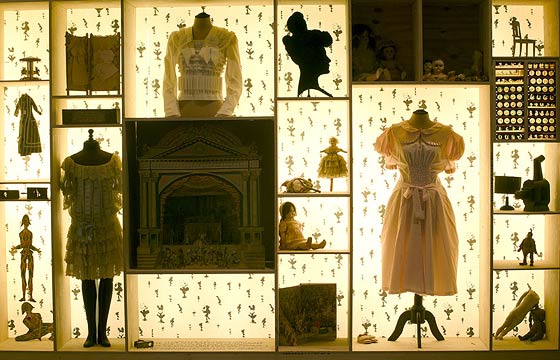Fashion V Sport
/Steve Hiett for Vogue Italia
To coincide with the Olympics, the Victoria and Albert Museum organized an exhibition on the interpollination between fashion and sports. Curated by the Ligaya Salazar “Fashion V Sport” sets out to explore the ways these two major cultural and economic forces have become increasingly intertwined in recent years, with the proliferation of high-end designers working on sportswear lines (Stella McCarthy, Yohji Yamamoto) and sport stars promoting their own lines of clothing. (This is not to mention New York Ranger–cum– Vogue intern Sean Avery.) In addition to actual garments, the exhibition includes a number of films and photographs to further contextualize the work.
Exhibition View
The exhibition is roughly divided in three parts: The first explores the work of designers, such as Bernhard Willhelm and Charles de Castelbajac, who heavily incorporate sportswear in their work. Another section focuses instead on the customization of sportswear by cult designers, such as I-Saw and Nash Money, while a third section is dedicated to sportswear fanaticism, with a particular focus on sneakers’ collectors.
An accompanying book titled Fashion V Sports and edited by the exhibition curator Ligaya Salazar features essays by Christopher Breward, Sophie Woodward and Mark Simpson.













